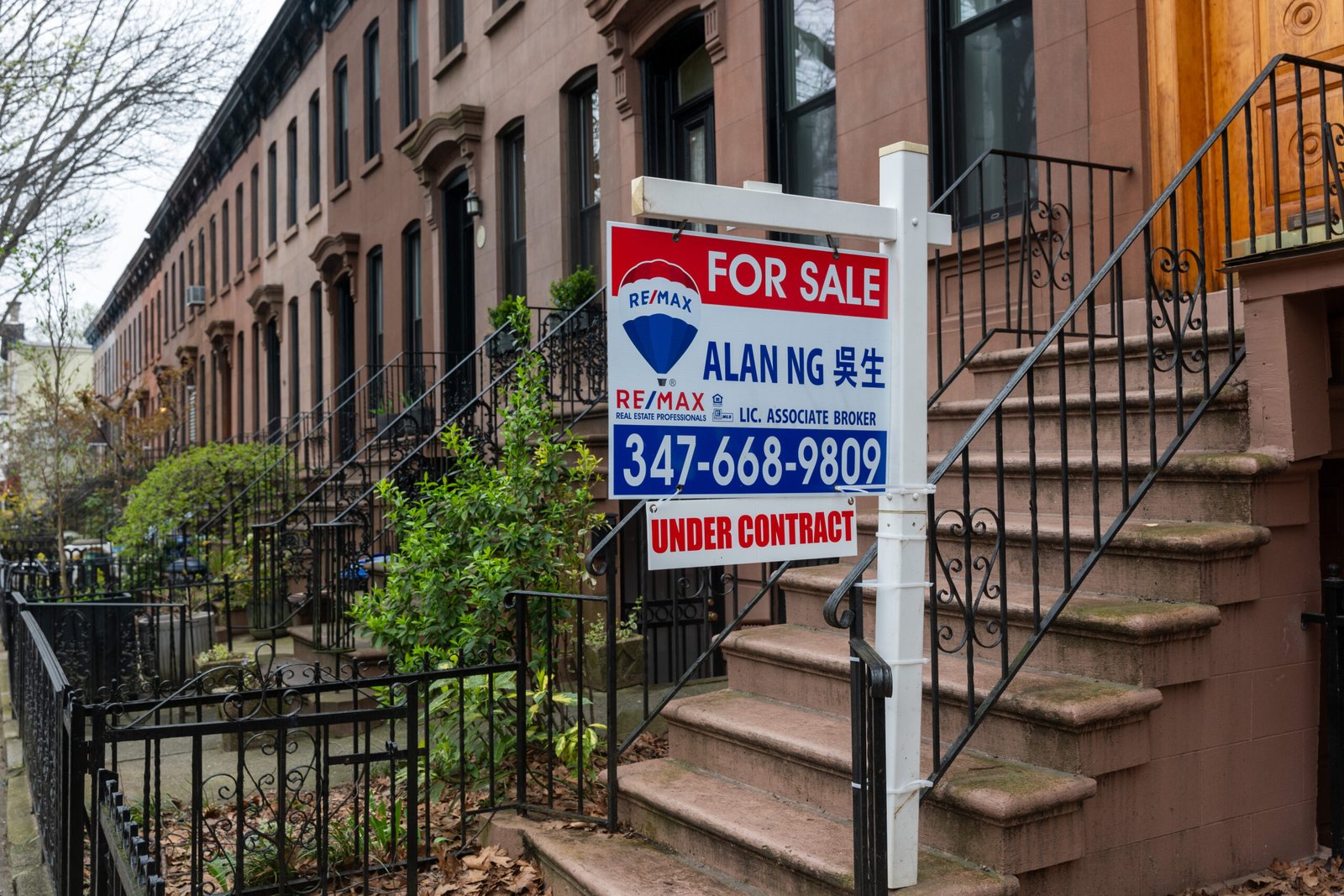arizona
U.S. Home Prices Soar to Record High Amid Plummeting Sales: Experts Weigh In

U.S. median home prices hit a new high for the second consecutive month amid falling sales, per a report released this week. Potential buyers are delaying purchases as they await lower mortgage rates.
Existing home sales dipped 5.4% in June, reaching the highest average price recorded since the National Association of Realtors began tracking in 1999. The Northeast saw the largest price hike at 9.7%. The Midwest experienced the steepest decline in sales, plummeting 8% in June.
New home sales also saw a downturn, dropping 0.6% in June according to U.S. Census Bureau data. This figure is 7.4% lower compared to the same time last year. The median sales price for a new home stood at $417,300, somewhat below the median price of existing homes at $426,900. Economists attribute this price convergence to growing demand for smaller and more affordable housing options.
Despite price adjustments, housing remains largely unaffordable for many, contributing to slow sales. Housing experts point to various factors influencing these trends, including Federal Reserve policies and demographic shifts.
High demand and limited inventory have driven recent price surges. Matthew Walsh, an economist at Moody’s Analytics, cites low housing affordability and persistently high mortgage rates as key barriers. As of July 25, the 30-year fixed mortgage rate was 6.78%, according to Freddie Mac.
Selma Hepp, chief economist at CoreLogic, notes buyers are highly sensitive to mortgage rates. Anticipation of future rate reductions is causing many to wait on the sidelines. However, pent-up demand could drive prices upward when rates eventually fall. A rise in cash buyers, constituting 28% of June transactions, is also pushing prices higher, particularly from baby boomers leveraging home equity.
Housing inventory has seen some improvement, increasing 3.1% from May and rising 23.4% year-over-year. Walsh suggests some households are moving due to life changes that necessitate larger or smaller homes. However, Hepp indicates inventory levels remain below pre-pandemic figures, with supply not keeping pace in high-demand cities like Boston, New York, and Chicago.
The Federal Reserve’s interest rate decisions are closely monitored by potential buyers seeking financial relief. A recent Reuters poll indicates a majority of economists expect the Fed to cut rates in September and December. While this may revitalize housing market activity to some extent, Walsh believes it won’t fully restore pre-pandemic sales levels.
The Biden administration has initiated several proposals to improve housing affordability. This includes repurposing public lands in Nevada to create at least 15,000 affordable units and launching grant applications for homeowners addressing dilapidated properties. Former President Donald Trump has also promised to tackle housing market issues by reducing interest rates, though presidential influence over Federal Reserve decisions is limited.
States like Utah and Oregon have enacted legislation to fund developer loans for affordable housing. Maryland’s new law, signed by Gov. Wes Moore, aims to prompt property owners to repurpose vacant properties by allowing cities to increase taxes on these holdings.


















